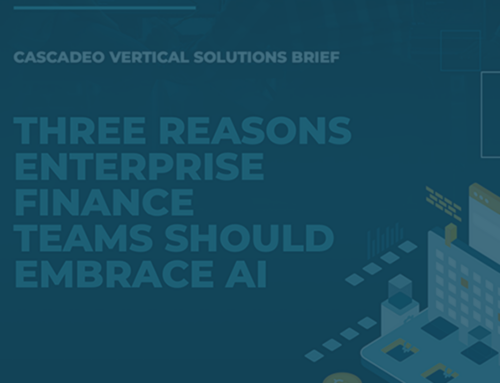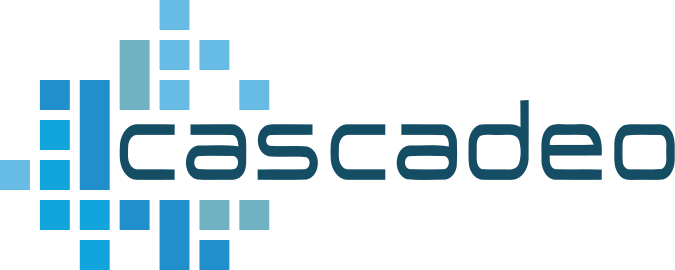
Opportunities to transform the way insurance does business will multiply as gen AI implementations become more varied and inventive. Are you ready to take full advantage?
Advancing Data Analytics and Customer Touchpoints for Insurance Companies

Generative AI has the capacity to dramatically impact the insurance industry in a short time. The fundamental data functions underpinning insurance can all be accelerated and improved by AI, including automated underwriting, real-time risk management, predictive analytics, claims processing, and a broad array of other functions. Gen AI will be particularly useful in functions that require large troves of data, due to their ability to generate synthetic data, as well as advanced analysis of original data.
When properly managed, data is knowledge, and knowledge is the core of the insurance business. Generative AI has the capacity to revolutionize how insurance data is used. The first step to maximizing its potential, however, is preparing your data for new uses. McKinsey recommends taking steps to adapt your data program for the generative AI landscape and the trillions of dollars of economic opportunity it presents. Key to any data adaptation is building in flexibility so that your data remains agile as this rapidly evolving technology continues to grow. And because data is best stored and used in the cloud, if you’re still housing your data on-prem, now is the time to consider a cloud migration and modernization to keep up with competitors in the face of rapid technological advances.
Insurance needs data to properly assess risk, predict outcomes, and analyze markets. Generative AI implementations have the ability to augment and improve your original data, including interpreting it into natural language summaries and predictively filling gaps to complete data sets. Automated categorization and tagging can support new analyses of existing data. Generative AI tools can also automatically apply your security and governance policies to keep your data safe.
But gen AI’s biggest impact on data may come in the many uses of synthetic data. Synthetic data, generated by AI tools, can be created quickly to match the parameters and patterns of authentic data, while enabling anonymity and increased malleability. Synthetic data can be used in predictive modeling, allowing for an endless array of variables to be introduced to produce more in-depth, sophisticated models than traditional data stores can provide. Because synthetic data can be designed to be truly anonymous while replicating real-world patterns and parameters, it can also be shared widely among departments without security concerns.
Customer experience can be improved at every touchpoint with strategic gen AI implementations, as well, from hyper-personalized marketing to enrollment and claims assistance to 24/7/365 customer service. Many U.S. insurers already use chatbots for billing, purchasing, payment, and claims assistance; LLM foundation models can improve chatbots with natural-sounding language, instantaneous multilingual translation and interpretation, versatility in answering complex questions, troubleshooting, and rapidly adapting responses. They also do a superior job collecting customer data during interactions. As with all implementations, special care must be taken to protect customer privacy, and to refine integrated prompting to assure accuracy and avoid plagiarism.
Generative AI also offers the ability to dramatically expand disability access to customer service modules via keyboard navigation and various text/image/speech conversions, if systems are designed to serve this important constituency effectively, resulting in streamlined service encounters. As Harvard Business review points out, many more people in the workplace are disabled than are widely reported; these tools can expand workforce accessibility, as well, which may become even more important in the wake of the Covid-19 pandemic, particularly as the insurance labor market remains tight.
Employee experience can be considerably streamlined across the entire insurance industry, as well, with repetitive tasks like form completion, coding, contract drafting, and basic research all supported by generative AI tools, eliminating redundancies and wasted time and allowing all 2.8 million employees working in the industry to be more productive and focused.
Opportunities to transform the way insurance does business will multiply as gen AI implementations become more varied and inventive. How much benefit your enterprise derives from these developments will depend upon how prepared and willing your team is to move quickly but cautiously into this new arena.




